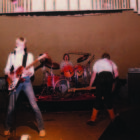In the Spotlight
St.Albert Arts & Heritage Homes: Arts and Heritage St. Albert renews remnants of life dating back at least a century
July, 2019
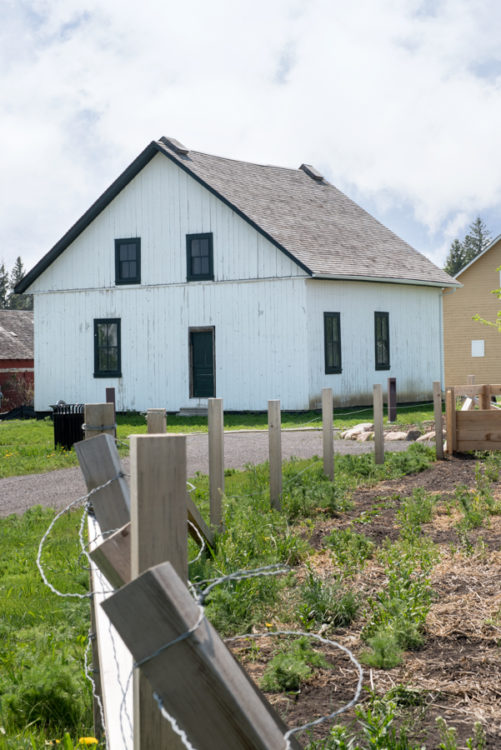
In a picturesque setting between the river and the grain elevators, St. Albert’s early history has been coming alive again. The site, a remnant of the former River Lots 23 and 24, is now home to a fascinating collection of historic homes and buildings.
“What’s significant about these houses is their relationship to the families who lived in them,” explains Ann Ramsden of Arts and Heritage St. Albert. “We’re able to see four generations living on the river lots, and they were Métis families.”
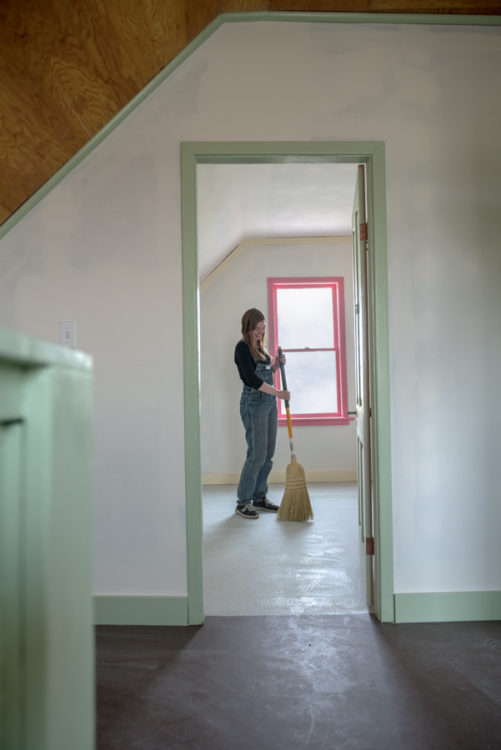
With restoration work nearing completion, St. Albertans now have an unparalleled view of what life was like in the area more than a hundred years ago.
Many of St. Albert’s early settlers were Francophone and Métis, and they preferred the seigneurial system of land tenure that developed in New France. This meant ribbon-shaped lots that reached back some distance from the river, rather than the square-mile sections usually favoured on the prairies.
“At its height, River Lot 24 went all the way back to Deer Ridge,” Ramsden says. “The lots were very long and very thin.”
St. Albert was one of the few places outside Quebec where the seigneurial system was practiced. The system had its benefits; lots gave settlers access to resources, including freshwater and wood, as well as land for planting and grazing. It also kept neighbours close together. However, being semi-feudal in nature, it was gradually abolished throughout Canada.
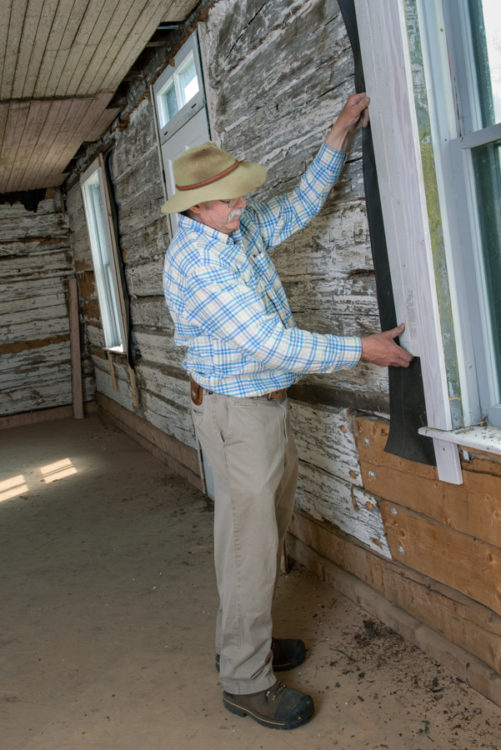
Ramsden says that the riverside location of the restored buildings will help preserve this aspect of St. Albert’s history. “Visitors can hear about the families and see how they lived in those houses and in that location.”
Restoring buildings built over a century ago is a delicate and painstaking process. “We have to keep as true to the building, and how it was used, as possible,” Ramsden says. It’s more than simply preserving the structure of a building; especially with homes, the experience of living within those four walls in a bygone era is an important part of restoration.
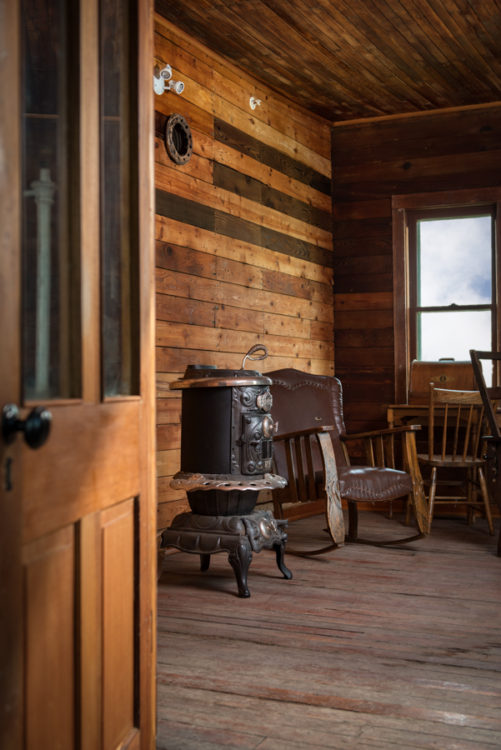
For insight into how these houses were furnished, Arts and Heritage pored through books, photos, documents, and even old Eaton’s and Sears catalogues, in addition to collecting oral histories from family members. These efforts provide a bigger picture of what each building looked like inside as well as out, making restoration more accurate.
“It’s obviously difficult to get the items that belonged to those families,” Ramsden says. “In many cases we’ve furnished the houses with representative furniture from that period.”
Historical accuracy is important, of course, but when four generations of a family have lived in a house, there’s the question of which history to preserve. Over enough time, a home becomes a hodgepodge of different styles from different decades as successive owners renovate and redecorate.
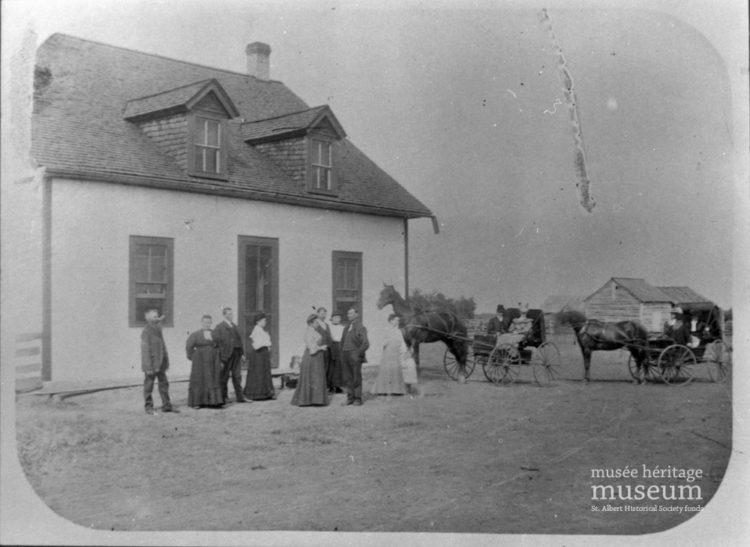
Take the Cunningham House. Built around 1910, researchers determined its most significant features date to the 1920s. In other words, work done to the house in later decades—including new wallpaper in the 1930s—had to be undone in order to take the house back to its most noteworthy era.
Besides the Hogan/Belcourt and Cunningham Houses, two other buildings on the site are in the process of being conserved. The Chevigny House, a two-storey solid log house built before 1890, is one of the oldest such buildings in the province. It’s also significant for having stayed within the same family.
The Brosseau Granary, meanwhile, dates to around 1900. Restoration of those structures involves collaboration between the City and architects, and Ramsden expects they will be open to the public next year. t8n







